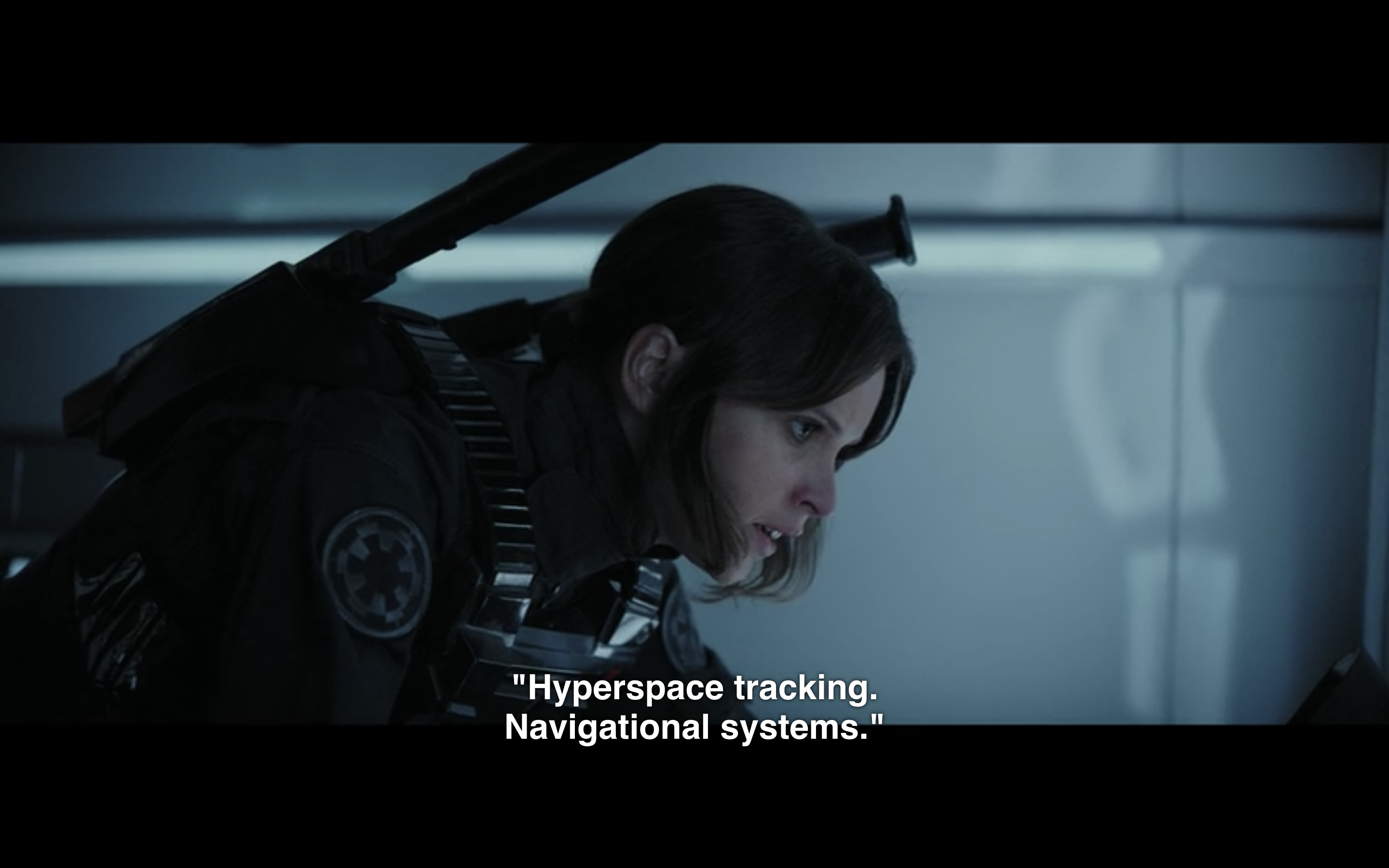Warning: This article contains spoilers for Star Wars: The Last Jedi.
One plotline of Star Wars: The Last Jedi is a tense and drawn-out standoff between the First Order and what little remains of the Resistance on the Raddus, a ship dangerously low on fuel. The First Order is able to keep the upper hand thanks to a secret weapon—one that was sneakily revealed much earlier in the trilogy.
We first see this weapon used as the Resistance attempts to escape the First Order by jumping into hyperdrive after evacuating a secret base on D’Qar. To their horror, Resistance fighters realize the First Order now has the capability to track ships through hyperspace, making their only means of escape futile. If the Resistance goes into hyperdrive again—using the rest of its dwindling fuel stores—the First Order would have them trapped.
For some Star Wars fans, this advanced First Order technology appeared to come out of nowhere; some critics might even call it an overly convenient plot device. After basically following in the Empire’s footsteps, how did the First Order suddenly develop this kind of technology?
But it turns out the seeds for this new First Order technology were planted 34 years prior to the events of The Last Jedi thanks to 2016’s Rogue One. In Scarif’s Citadel Tower—one of the most heavily guarded locations in the galaxy—there is a file titled “Hyperspace tracking.” Jyn Erso casually discovers the file along with “Navigational systems” while searching for the Death Star plans in the system (which were listed under the codename “Stardust”).
https://twitter.com/kyleauxren/status/942516563730722817

If this technology existed 34 years before The Last Jedi, then why did it take so long for anyone to use it? For one thing, the Citadel Tower (along with everything else in it) was destroyed by the Death Star, so that physical copy of the Galactic Empire’s Hyperspace tracking plans no longer exist; it’s unclear if other copies existed. We suspect that digital copies of the blueprints laying out Hyperspace tracking may have been part of the Empire archives along with a map containing most of the galaxy (apart from the section that led Rey straight to Luke Skywalker).
And as the Star Wars: The Last Jedi Visual Dictionary suggests, the technology was not only untested, it may have been something very few people even knew about.
“Originally explored in its infancy by the secret Imperial think tank known as the Tarkin Initiative, it has now evolved from theory into reality,” the Visual Guide stated. “Hux’s engineers have perfected the system, creating a devastating countermeasure that tracks Resistance ships through hyperspace, making escape impossible.”
The Empire had its hands full with the Rebellion so the idea may have been lost until Armitage Hux got his hands on the data, but fans will surely know the Tarkin Initiative (named after its founder, Grand Moff Tarkin) by its reputation: It was responsible for both Death Stars in the original trilogy. We can only imagine what other kinds of secret technology the First Order has up its sleeves.


